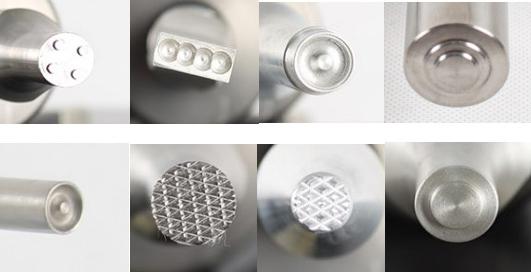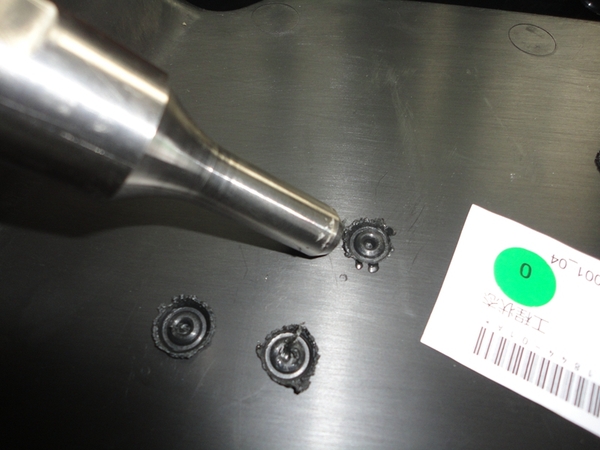28Khz High Amplitude Ultrasonic Spot Welding gun for Automotive Interior Panel
What’s the principle of Ultrasonic plastic welding?
When ultrasonic act on the thermoplastic plastic contact surface, high-frequency vibrations of tens of thousands of times per second. This high-frequency vibration reaches a certain amplitude, and the ultrasonic energy is transmitted to the weld zone through the upper weldment, because the weld zone have a large acoustic resistance, so local high temperatures are generated. Moreover, due to the poor thermal conductivity of the plastic, it can not be dissipated in time and gather in the weld zone, so that the contact faces of the two plastics melt rapidly, and after a certain pressure, they are integrated into one. When the ultrasonic wave stops, let the pressure last for a few seconds to solidify it, thus forming a strong molecular chain for welding purposes, the welding strength can be close to the strength of the raw material. The quality of ultrasonic plastic welding depends on the amplitude of the transducer welding head, the applied pressure and the welding time. The welding time and the welding head pressure can be adjusted. The amplitude is determined by the transducer and the horn. These three quantities have a suitable value for each other. When the energy exceeds the appropriate value, the melting amount of the plastic is large, and the welding material is easily deformed; if the energy is small, the welding is difficult, and the applied pressure cannot be increased. This optimum pressure is the product of the length of the side of the welded portion and the optimum pressure per 1 mm of the edge. Ultrasonic welding is a high-tech technology for welding thermoplastic technology. Various thermoplastic rubber parts can be processed by ultrasonic welding without adding solvent, adhesive or other auxiliary products. The advantage is to increase productivity and reduce cost. improve product quality.
Ultrasonic plastic welding principle: The generator generates 20KHZ, (or 15KHZ) high-voltage, high-frequency signal, through the conversion system, converts the signal into high-frequency mechanical vibration, which is applied to the workpiece of plastic products, through the working surface and the intrinsic intermolecular The friction causes the temperature to be transmitted to the interface to rise. When the temperature reaches the melting point of the workpiece itself, the workpiece welding port is rapidly melted, and then filled in the gap between the interfaces. When the vibration stops, the workpiece is simultaneously cooled and fixed under a certain pressure. , to achieve the perfect welding.

Parameter
